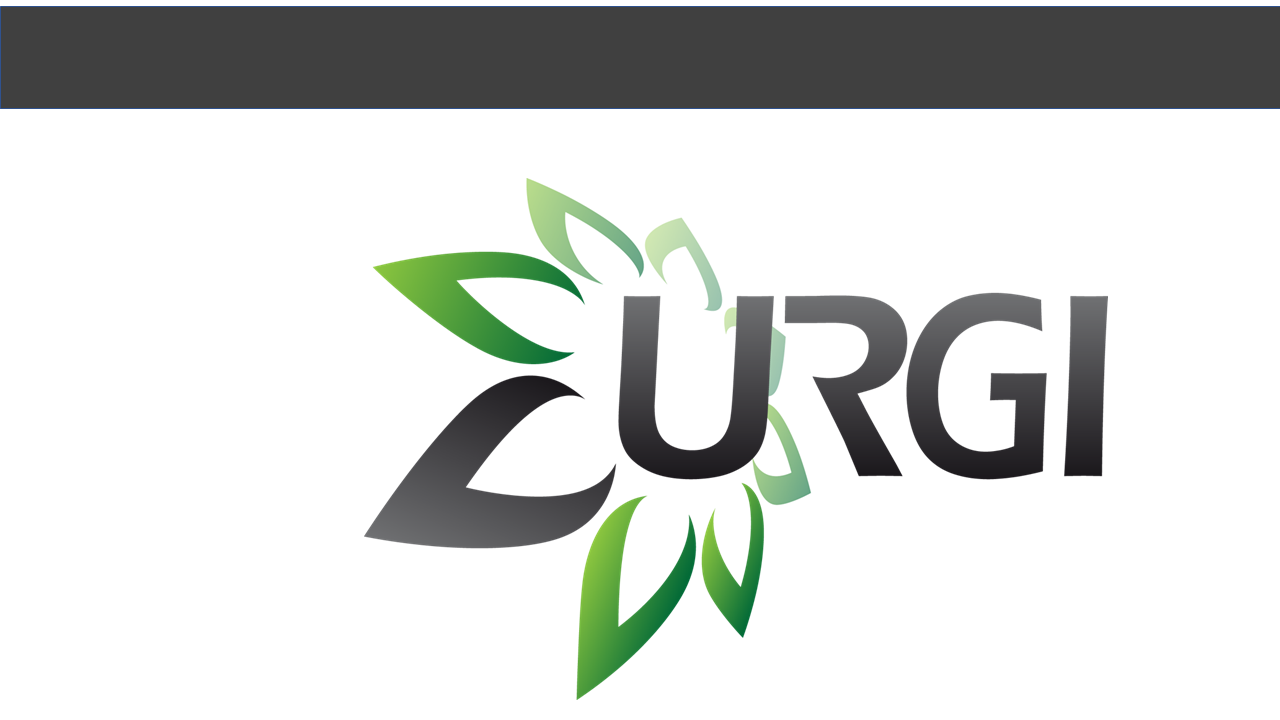
You are here :
Error
kernel (1)
Access denied
You do not have permission to access this area.
Possible reasons for this are:
- You are currently not logged in to the site, to get proper access create a new user or login with an existing user.
- You misspelled some parts of your URL, try changing it.
Login
Creation date: 06 Nov 2025
QUALITÉ
ANNOTATION
DATA SERVICES
PLATFORM
QUALITY
PROJECTS
DATA
TOOLS
SPECIES
ABOUT US
CONTACT US
REGISTER
EDIT
Copyright © INRAE 2020 - Designed by SWAD, developed by URGI with  eZ Publish
eZ Publish
Publication supervisor: A-F. Adam-Blondon
Read Credits & General Terms of Use
Read How to cite
 eZ Publish
eZ PublishPublication supervisor: A-F. Adam-Blondon
Read Credits & General Terms of Use
Read How to cite








